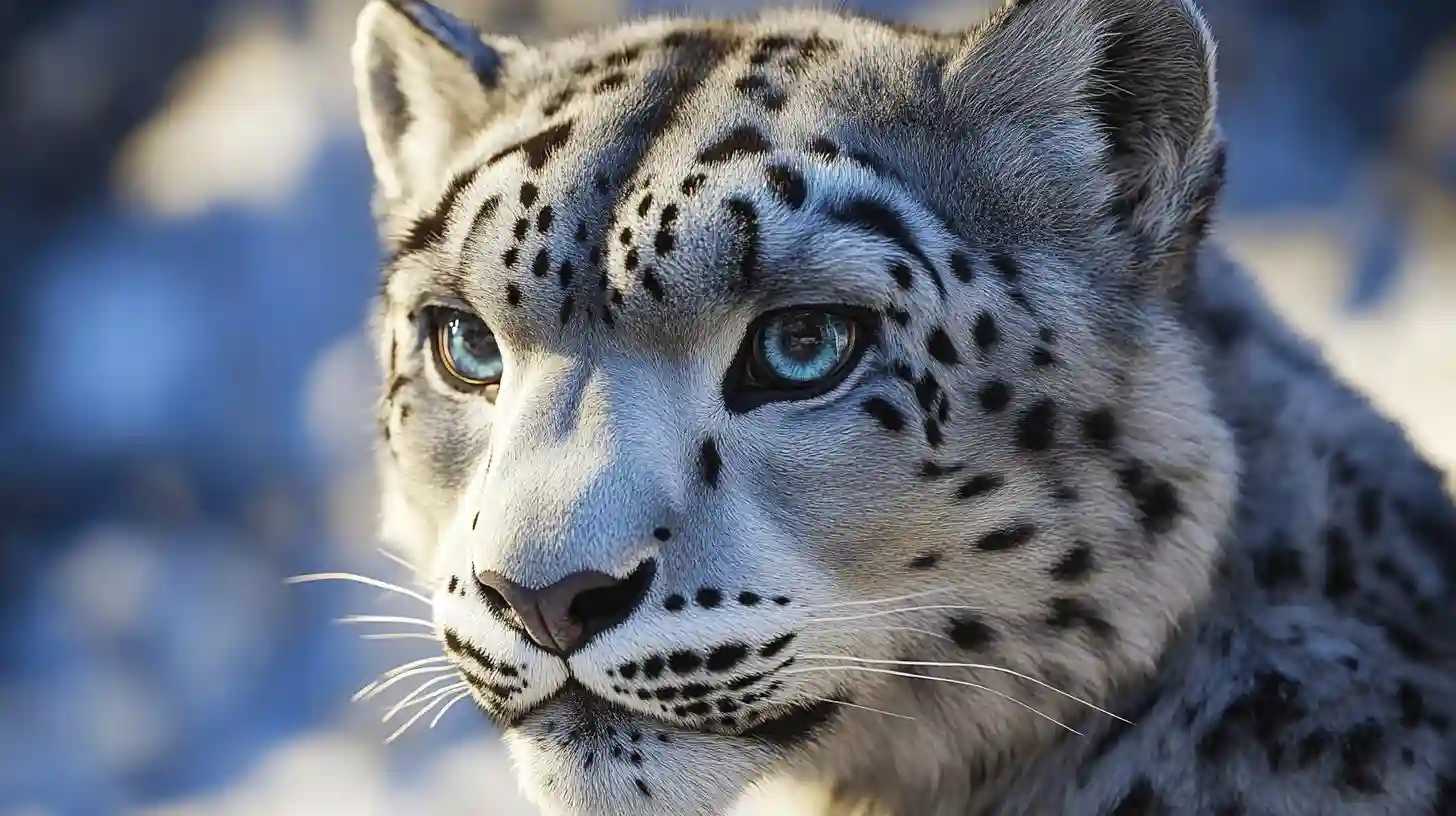
Snow leopards, often referred to as the ghosts of the mountain, are a symbol of the pristine wilderness of the high-altitude plateaus that span Central Asia. Their elusive nature and striking appearance have captivated the attention of wildlife enthusiasts and conservationists alike. However, the survival of these magnificent cats has become increasingly precarious due to a combination of habitat loss, poaching, and climate change. Experts have been intensifying conservation efforts across their natural range to ensure this species not only survives but thrives in its high-altitude home.
One of the most significant challenges faced by snow leopards is habitat fragmentation. As human populations expand into mountainous regions, developments such as roads and urbanization disrupt the habitats that these cats rely on for hunting and breeding. Conservation advocates are working tirelessly to create wildlife corridors that connect fragmented habitats, allowing snow leopards to traverse large areas in search of prey and maintain genetic diversity. These corridors not only benefit snow leopards but also support other species that share the same ecosystem.
Community involvement is another crucial element in the conservation strategy for snow leopards. Local herders often view these big cats as threats to their livestock, leading to retaliatory killings. By fostering relationships with these communities, conservationists aim to change perceptions and reduce human-wildlife conflict. Incentives like compensation for livestock lost to predation and promoting non-lethal deterrents can aid in building trust between herders and conservation initiatives. Furthermore, engaging local populations in conservation education raises awareness about the ecological significance of snow leopards and the role they play in maintaining the health of the entire ecosystem.
Collaboration among various stakeholders, including governments, non-governmental organizations, and international bodies, is vital for effective conservation efforts. Programs aimed at protecting snow leopards often span multiple countries, as these animals do not adhere to political boundaries. Experts emphasize the necessity for transboundary cooperation to implement effective conservation strategies. This can include joint patrols to combat poaching, shared data collection for better understanding population dynamics, and collaborative research initiatives to monitor the health of snow leopard populations across their range.
Technology has also emerged as a powerful tool in the fight for snow leopard conservation. Remote camera traps have revolutionized the way researchers gather data on these elusive creatures. By capturing images of snow leopards in their natural habitats, scientists can assess population sizes, distribution patterns, and behavior without the disturbances associated with traditional tracking methods. Drones provide another innovative avenue for monitoring snow leopard habitats, enabling conservationists to survey vast and rugged terrains that are otherwise challenging to access. This combination of cutting-edge technology and traditional fieldwork enhances the understanding of snow leopard ecology and informs better conservation strategies.
In the face of climate change, snow leopards must adapt to shifting habitats and changing prey availability. Their high-altitude habitat is particularly vulnerable to climate shifts, which can impact snow patterns and vegetation. Conservationists are studying the potential impacts of climate change on snow leopard populations and their prey species. By identifying areas likely to become unsuitable for both the snow leopards and their prey, proactive measures can be taken to safeguard these ecosystems and mitigate the effects of climate change.
Education and awareness campaigns aimed at the global community are integral components of snow leopard conservation. The plight of the snow leopard resonates with many people, and spreading awareness can galvanize support for conservation initiatives. Public engagement through social media, documentaries, and community programs draws in both local and global stakeholders. Highlighting the cultural significance of snow leopards and their roles in local folklore can further enhance public interest and drive positive action toward conservation efforts.
Despite the challenges, the future of snow leopards is not solely bleak. The commitment of scientists, conservationists, and local communities has led to promising advancements in snow leopard conservation. Collaborative efforts have already shown success in some regions, with increased awareness, reduced poaching incidents, and improved community relations. As conservation challenges persist, it remains essential to adapt strategies, expand partnerships, and integrate the latest scientific findings to ensure that these remarkable big cats continue to roam their mountainous habitats for generations to come. The ongoing commitment to their conservation echoes a broader message about the interconnectedness of wildlife and human communities, reminding us all of our responsibility in safeguarding the natural world.